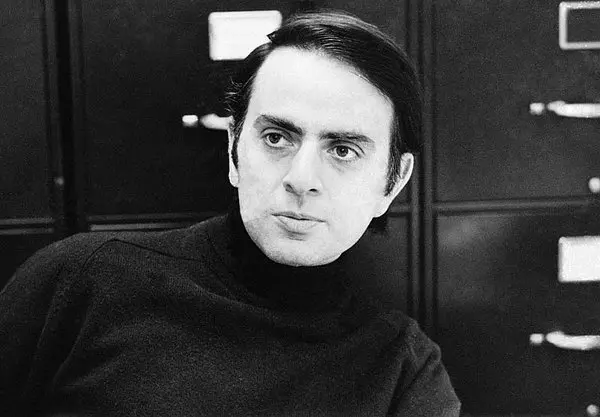
The BS Detection Kit
WHAT: The BS Detection Kit (aka healthy skepticism) is a logical set of 10 rules that makes common sense decisions easier by identifying falsehoods- like scams. It is based on astrophysicist Carl Sagan’s “The Fine Art of Baloney Detection” from his last book “The Demon-Haunted World” published just a year before his death in 1996.
WHY: Sagan called his approach a “tried-and-true, consumer-tested method” used to examine ideas on their own merits, thus allowing the examiner to make clear and logical common sense decisions about them.
HOW: Each of these rules builds on the next, so don’t skip a step because doing so creates a weak link. There is also a list of 20 pitfalls to common sense decision making found in reference link 1.
1. Evidence: What’s the evidence and what is its’ quality? Agendas exists, so quality sources matter.
2. Math: Quantitative (not qualitative) evidence is a better discriminator among competing hypotheses. Qualitative can be valid, but quantitative is harder to argue with. 1+2
3. Facts: All points of view are valid till proven otherwise. The filter is the quality of quantitative (i.e. mathematical) evidence. Each hypothesis needs verification (i.e. testing), so there must be independent confirmation of the “facts”. If you can’t test a thing, you cannot prove that thing. 1+2+3…
4. Mindchain: If a thesis is held together by associated hypotheses then every link in the chain must work — not just a majority of them. This is applied falsification that you’ll use again in step #9.
5. Marathon: Take your time. When people attach themselves to a hypothesis, they tend to quickly and unfairly close the door to alternatives. Take a step back. Knowledge is a marathon, not a sprint.
6. Skeptics: Ideas that are untested are worthless, assertions need verification and “skeptics must be given the chance to follow your reasoning, to duplicate your experiments” so they can verify your results independently. (R1)
7. Simple: AKA Occam’s Razor- when faced with remaining theories that explain the data equally well start with the simplest. This is my “science of simple” applied.
8. Open Mind: “Expert” is a meaningless term because everyone makes mistakes. The more someone styles themselves “an expert”, the more they tend to make statements (closed thought) rather than asks questions (open thought). In science there are no authorities- the above steps stand on their own. Being open minded allows one to sift through remaining hypotheses clearly.
9. Disproof: The last men standing require disproof (see Karl Popper’s “Principle of Falsification“) of the remaining “working hypotheses”. A Darwinian (aka survival of the fittest) selection method incorporates healthy skepticism of the remaining choices.
10. Tenth Man: Someone that shares your views needs to play devils advocate, because healthy skepticism ultimately helps one find the apex predator among-st remaining ideas – and remaining holes in yours.
REFERENCES:
https://en.wikipedia.org/wiki/The_Demon-Haunted_World
(R1) https://getpocket.com/explore/item/the-baloney-detection-kit-carl-sagan-s-rules-for-bullshit-busting-and-critical-thinking?utm_source=pocket-newtab
https://blogs.scientificamerican.com/the-curious-wavefunction/falsification-and-its-discontents/
Pic: Photo by Stephane YAICH on Unsplash
« Back to Glossary Index
